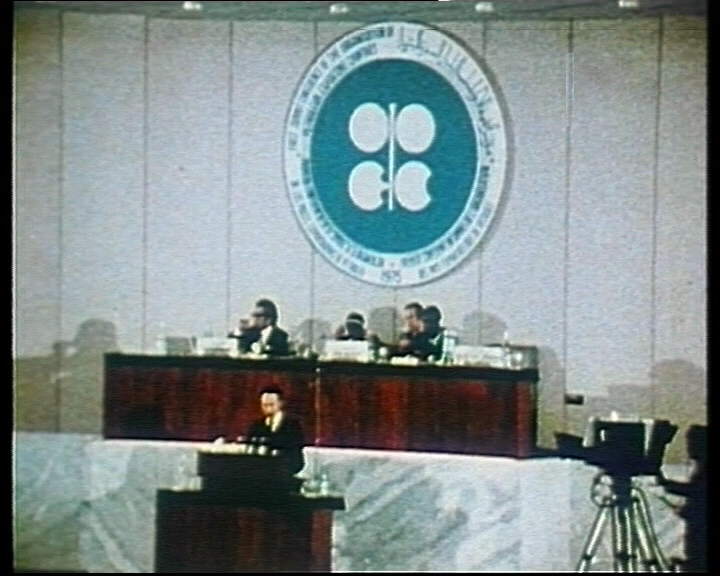
As the OPEC members prepare to meet today, and with talks about extending the supply cut extension expected to dominate the agenda, Energy Voice takes a look at the history of the Cartel from its formation through to the present day.
1960s
The organisation was formed by the five oil-producing, developing countries – Iran, Iraq, Kuwait, Saudi Arabia and Venezuela – at a meeting in Baghdad in September 1960.
At that time, the international oil markets were dominated by the “Seven Sisters” multinational companies, and the members of OPEC sought to strengthen their power collectively.
Between 1962 and 1965, the organisation developed its collective vision and agreed on objectives for members.
The organisation grew, with Qatar, Indonesia, Libya, The United Arab Emirates and Algeria having joined by 1969.
1970s
In the 1970s OPEC members began to flex their muscle and used their collective power to influence the world’s oil price.
During the 1973 Arab-Israeli War, Arab members of the organisation imposed an embargo against the United States in retaliation for their decision to supply the Israeli military.
The move saw the oil price quadruple, and put pressure on the world’s major economies to meet increased costs.
The organisation set up a “Fund for International Development” which would be used to fund socio-economic development schemes for the poorer member nations.
1980s
After reaching record levels towards the end of the 1970s, the oil price crashed in 1986.
Saudi Arabia decided to stop cutting production, and flooded the market, creating a big surplus and forcing the price below $10 a barrel.
OPEC introduced a group production ceiling split among member countries, and agreed on a reference basket for pricing in an effort to drive prices up.
Saudi Arabia would cut production from 10 billion barrels per day at the beginning of the decade to 3.6 million barrels per day by 1985.
1990s
During the 1990s, OPEC continued to put a focus on production quotas.
The Iraqi invasion of Kuwait led to uncertainty about production, and prices spiked.
Following the Gulf War to liberate Kuwait, crude oil prices entered a period of decline until they reached their lowest price for 21 years in 1994.
OPEC continued to make advances in their relationships with non-OPEC members as the oil market adapted to the post-Soviet world.
2000s
The organisation implemented a price band mechanism in 2001, which helped to stabilise the crude oil price in the early part of the decade.
The price rose sharply at the beginning of the Iraq war, and continued to rise to record levels in mid-2008.
Having reached a high of $145.85 per barrel, the price would drop as low as $32 in the same year.
The organisation had expanded to 13 members by the end of the decade.
2010 – now
In 2011 OPEC nations agreed to a higher level of oil output, despite uncertainty in the global economy.
The growth of shale gas production in the USA meant that oil could be produced more cheaply, and led to a fall in prices during this period.
That prompted OPEC to agree to cut production in November 2016, in an effort to drive up prices.
The members are due to meet today to discuss whether the production cut should be maintained.
Recommended for you
